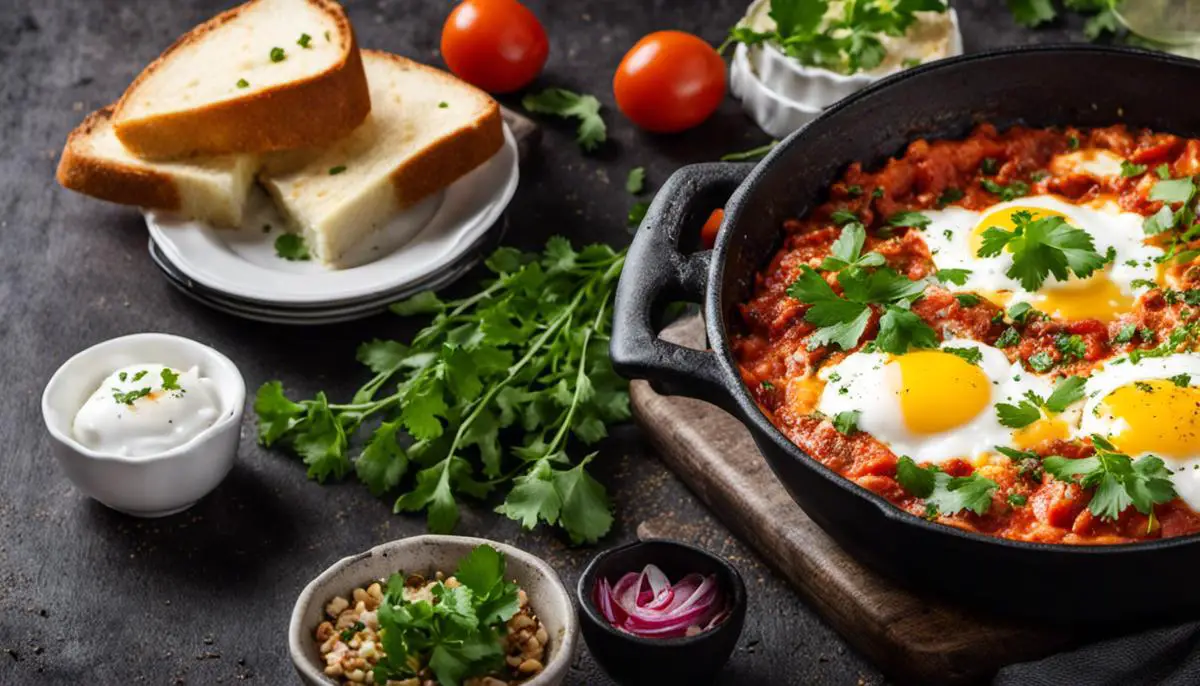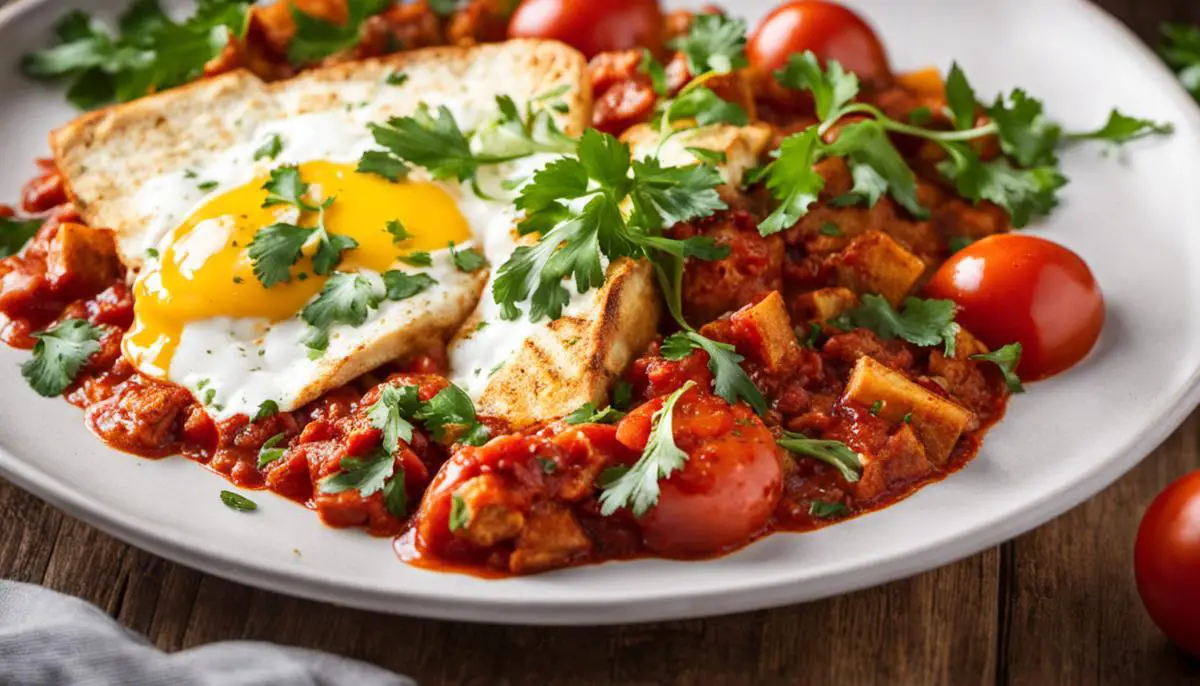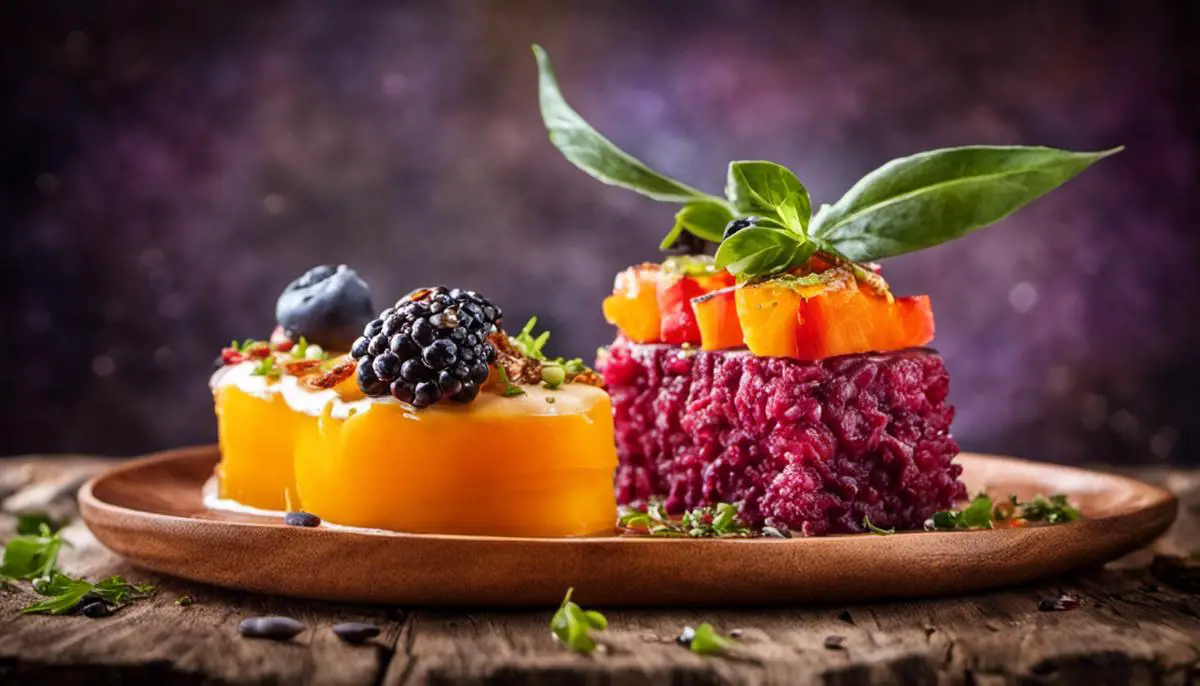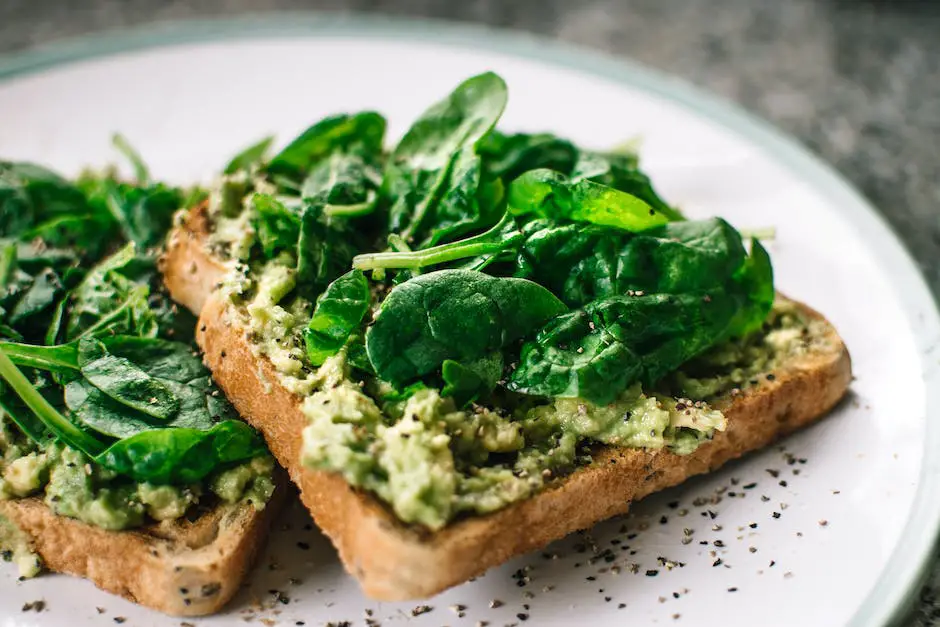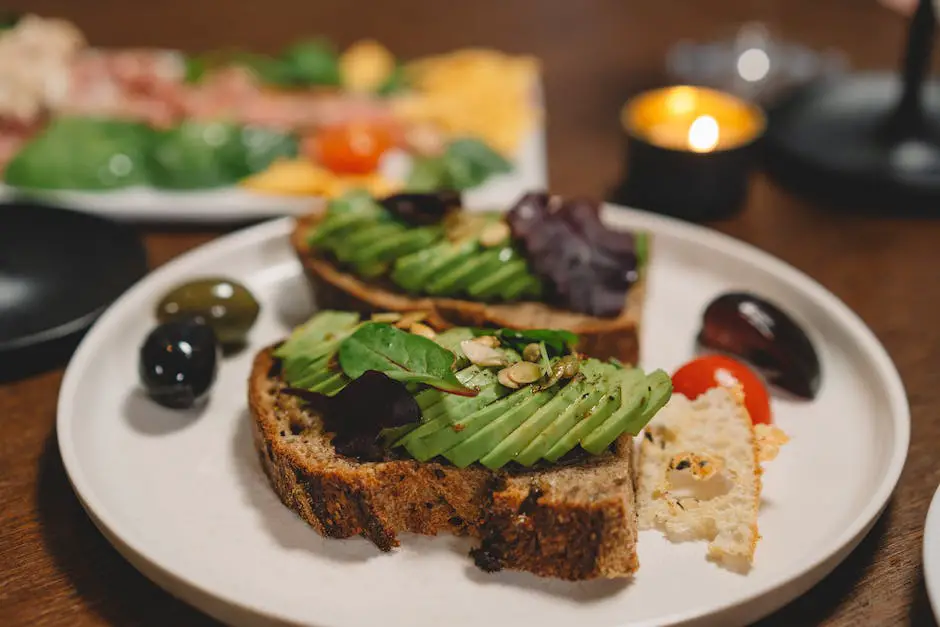Embarking on an exploration of quintessential cuisines, it’s impossible to overlook one staple delight that crosses borders with its versatile appeal – pasta. Much like a well-travelled raconteur, pasta owns a rich, surprising history, a past steeped in hundreds of years, beginning from the hands of Asian noodle makers to the hearts of Italian chefs, ultimately claiming a special spot in kitchens worldwide. As we delve into the art of crafting pasta from scratch, we understand that it’s not merely about the ingredients but the person’s touch and innate sense of feeling that stirs the magic. The global cuisines have generously borrowed from the humble origin of Pasta, assimilating into their cookery, thereby demonstrating the incredible variety and potential pasta presents. Added with the impeccable charm of a well-paired wine, the pasta eating experience can be an unforgettable gastronomic journey.
The History of Pasta
The Marvelous Journey of Pasta: From Humble Origins to Global Staple
Greetings, culinary explorers, and welcome to another exciting journey into the world of food. Today’s star of the sidelines is none other than pasta, an ingredient so versatile it’s become a staple in various cuisines across the globe. Born in Italy’s rustic kitchens, the humble pasta has taken on countless guises in its journey to our plates. Let us unravel the threads of this culinary tale, discovering the evolution of pasta from its inception to the global culinary phenomenon it is today.
Historians believe pasta’s early format journeyed from Arabia to the Mediterranean, initially introduced by Arab traders into Sicily in the eighth century. This precursor to the modern-day pasta was a dried, flour-based dough, convenient for long travels and has now evolved into our beloved ‘pasta secca’.
Fast forward to the 13th century, Italy. By fortuitous circumstance and endless creativity, pasta’s versatility began attracting attention from Italian chefs and diners. By the 17th century, Italian pasta had garnered a reputation across Europe, famously taking centre stage at the Court of Louis XIV in France.
One may argue that the real gamechanger in pasta’s evolution came in the 19th century with the advent of industrialization. Long gone were the days when pasta was strictly home and artisanal made. Factories could now mass-produce this kitchen staple, pioneering uniformity and quality control. Furthermore, that era saw a change in pasta’s main ingredient from soft wheat flour to durum wheat, resulting in a firmer, more elastic texture that has become synonymous with good pasta.
As Italian emigrants set upon new shores, they carried with them their love for pasta. This introduced the world to the vibrant and nuanced realm of Italian cuisine, and pasta became a much-loved component of meals far and wide. People were enchanted by pasta’s malleability, which lent itself to regional adaptations and variations.
From the Asian inspired seafood spaghetti bursting with umami, to the hearty pasta casseroles famous in North American comfort food, pasta comfortably transcended geographical borders and culinary traditions. Even in the heart of die-hard potato lovers in Northern Europe, pasta found a place at home.
Pasta’s charm is more than just its versatility; it’s how it transcends being just a food item and becomes a symbol of familial bonding and jovial get-togethers. Pasta is there for those lazy Sunday brunches, for the comforting midnight snack, the birthday treat, or the international potluck gathering.
Enduring and ever-evolving, pasta continues to be a work of edible art: a blank canvas awaiting the painter’s skilled hand. From straightforward spaghetti carbonara to complex lasagna, it is a testament to culinary creativity and nostalgia in every culture.
So, the next time you twirl that fork around a tantalising strand of pasta or dig into a comforting pasta bake, remember – you’re not just indulging in a meal, but participating in a millennia-old culinary tradition. A humble noodle connecting the world, pasta truly is a testament to how food transcends borders, creating a cuisine that belongs to us all.
The Art of Making Pasta from Scratch
Turning Mundane Ingredients into Delicate, Homemade Pasta
As any zealous food enthusiast would affirm, the thrill of gastronomy lies not only in the dollops of delectable dishes but in the art of crafting them. As a testament to this significant aspect of culinary tradition, the humble pasta has traversed centuries and regions to emerge as a celebrated testament of gastronomic delight. It inherently substantiates how simple ingredients can be crafted into an extraordinary affair of taste and texture. The joy derived from shaping fresh pasta in our own kitchens alludes to the magic that happens when food and creativity converge.
Step One: Selecting Quality Ingredients
Embracing the DIY pasta-making journey necessitates sourcing top-notch ingredients. The key elements remain uncomplicated – high-quality flour (preferably Italian ‘00’ or all-purpose flour), fresh eggs, water, and a pinch of salt. A golden rule of thumb for many an esteemed chef is to use one egg for every 100 grams of flour. Preserving the authenticity of this timeless dish often requires incorporating ingredients that are fresh and natural.
Step Two: Blending and Kneading
The transformative pasta journey begins with a mountain of flour hollowed at the summit to create a ‘volcano’ stuffed with eggs, water, and salt. A dexterous rhythm of spooning, mixing and whisking traces the ingredients’ transfiguration from humble to splendid. After the dough begins to take shape, a ritual of kneading ensues. This crucial step releases gluten in the flour, providing our pasta with the essential elasticity, texture, and flavour. Persistence pays off at this point, and the dough becomes silky, smooth, and soft under the tutelage of tender love and care.
Step Three: Resting the Dough
After the strenuous kneading activity, the dough deserves a well-earned respite. This step, often underestimated, is crucial in creating the perfect pasta. A quick wrap in cling film and a rest period of approximately 30 minutes gives the dough ample time to relax, enhancing pliability.
Step Four: Rolling and Shaping
Post resting, the fun part of the pasta-making process begins – rolling and shaping! Whether armed with a rolling pin or a pasta machine, the aim is to transform the dough into thin sheets. Pasta’s beauty lies in its versatility; therefore, shape and size are determined by preference – be it traditional tagliatelle, ravioli, or fusilli.
Step Five: Cooking the Pasta
The final leg of the pasta journey leads us to the boiling pot brimming with salted water. The pasta, once plunged in, cooks rapidly; fresh pasta often requiring just a few minutes to reach the desirable ‘al dente’ stage. Drained and then combined with sauce, the homemade pasta gets ready to release waves of flavour and comfort.
The triumph of turning simple ingredients into delicate, homemade pasta lies not just in its rich, enticing flavour but also in its reflection of the power of culinary artistry: the conversion of the everyday to extraordinary through gastronomic passion. Together, each humble ingredient and diligent step unite to construct an unassuming yet distinctive pasta, epitomising the communal spirit of shared meals, and signifying a cherished tradition handed down through generations.
Exploring Pasta Dishes from Around the World
Stepping past the threshold of Italy and its time-honoured tradition of creating pasta, we venture globally to explore the diverse interpretations of this beloved starch narrative — that imparts generous spoonfuls of cultural nuance.
Consider Japan – the land of precision and taste, where pasta is often replaced with udon or soba, thick and thin types of noodles respectively. Covered in a savoury soy-based broth and topped with umami-rich aspects like tempura prawns, or green onions, these dishes personify the Japanese ideal of balance and minimalism.
Within the continent then we move to the smiling kitchens of Thailand, where a dish known as Pad Thai thrusts pasta into a vibrant entity full of texture and flavour. The punchy mix of stir-fried rice noodles with tart tamarind paste, eggs, fish sauce, and a slew of buoyant garnishings represent a significant departure from the quiet artistry of Italy’s pasta plates. Additionally, the Thai have a delicious way of adding an unexpected crunch with the clever sprinkling of crushed peanuts.
Travelling further west, we find ourselves exploring the soulful pasta renditions of Eastern Europe, specifically Hungary. Here, pasta is reinvented into tarhonya — a ‘pea’ pasta that adds a delightful textural contrast to rich, meaty stews. This Hungarian cuisine hallmark demonstrates the fascinating way simple pasta can be shaped, literally and figuratively, by varied culinary traditions.
Crossing the Atlantic and landing on South American shores presents yet another pasta adaptation. Argentina features tallarines — similar to fettuccine — that’s enjoyed with a unique salsa blanca, a creamy white sauce hinting of Italian influence, yet holding its own in texture and taste. Likewise, Peru’s tallarín verde is a pesto pasta dish combining Italian and Andean influences in a dance of spinach and fresh cheese.
In Australia, pasta goes down under with an Aussie meat pie featuring a pasta case, showcasing the versatile pasta in a hearty, savoury pie context. Not to simply brandish a pasta lid, this dish showcases pasta’s adaptability beyond its usual saucy dressings.
Our culinary journey would be incomplete without mentioning vegan or gluten-free pasta spin-offs. In recent years, healthier, alternative ingredients, like lentils, chickpeas, and even spiralised vegetables have entered the fray — catering to diverse dietary needs while still celebrating pasta’s inherent composition.
Each culture takes a creative license with pasta, moulding it to suit their palates, traditions, and ingredients readily available to them. From the expanses of Japan to the vibrant kitchens of Thailand to the hearty dishes of Eastern Europe and onto adventures on South American and Australian shores — pasta has been artfully reimagined, and it continues to evolve right alongside humankind, much to our gustatory delight.
“Food brings people together on many different levels” — and pasta, in its multitude of forms and variants, does exactly this. It’s truly fascinating how a humble dish, rooted in Italian heritage, becomes a culinary canvas that bridges gaps, connects cultures, and ultimately serves up a delectable blend of simplicity, gastronomy, and shared human experience, one forkful at a time.
Pairing Pasta with Wine
Turning to the heart of our culinary journey, we now delve into an absolutely delightful topic: how to pair pasta with wines.
We all know that pasta and wine are synonymous with Italian culture, but there’s a bit of a science to getting the right combination. So, let us interpret this beautiful culinary language, enhancing the symphony of flavours on your palate.
First, as any seasoned gastronome would tout, the rule of thumb is to consider the sauce. Delightfully harmonious pairings result more from aligning the wine with the sauce rather than the pasta type. Light pastas, such as the classic Aglio e Olio, benefit tremendously from the crispness of a fine white wine. Italian varieties like Pinot Grigio or Verdicchio will enhance the delicate garlic flavours without overpowering them. Similarly, seafood-based pastas find an excellent companion in a fresh, full-bodied white, such as Vermentino.
However, when it comes to robust, tomato-based sauces, the game changes entirely. The acidity and tanginess of the tomatoes call for a wine that’s bold enough to hold its own. A Chianti Classico, with its cherry undertones and a hint of earthiness, is a splendid match for dishes like Spaghetti Bolognese or Lasagne alla Napoletana.
A delightfully creamy Alfredo sauce or Carbonara begs for a wine that cuts through its richness, balancing the creaminess without negating the pleasure derived from it. A white Burgundy or an oaky Chardonnay strikes the right balance. Their citric notes provide an elegant counterpoint to the heavy cream, elevating the dining experience altogether.
Pasta lent a spicy twist with Arrabbiata sauce demands a wine with enough character to withstand the heat, yet support the pleasant piquancy of the plate. A Montepulciano d’Abruzzo, robust and aromatic, is indeed what the chef recommends! A wonderful red, it marries perfectly with the spicy sauce, enhancing the depth of flavours.
And what about our mushroom pastas? Here, Pinot Noir enters the scene with aplomb. This silky, medium-bodied wine complements the earthy, umami-rich flavour of mushroom-based pastas. Its delicate texture adds a unique layer of complexity to the dish.
Cheese-stuffed pastas, like ravioli or tortellini, share a wonderful rapport with light-bodied red wines like Barbera or Dolcetto. Their austere tannins and fruity undertones enhance the cheese’s creamy textures and mild flavours.
Now, for pasta dishes with truffles or game meat – think venison or wild boar ragu – a Barolo or a Brunello di Montalcino can be a match made in heaven. These distinguished, highly tannic wines stand tall with their powerful structure, exquisitely highlighting the rich, savoury game meat flavours.
Remember, there’s an alluring, exciting world of pasta and wine pairings to explore, enough to make every dining experience a culinary voyage. Think of these suggestions as a springboard to inspire your gastronomic pursuits, and glamourise your dinner table with sumptuous pairings. Food is a beautiful way to share culture, heritage, and kinship, and here’s to hoping pasta and wine continue to bring us all closer, one flavourful mouthful at a time!
Retrospecting our journey, we’ve gained insights into pasta’s colourful history, experienced the artistry involved in crafting pasta from scratch, travelled through global kitchens and developed an understanding of pairing pasta with the choicest wine. The narrative of pasta isn’t just about a simple food item; it’s about an enduring legacy that has stood the test of time, transcending geographical barriers and cultural differences. It’s about honouring the heart of Italian tradition, savouring the flavours of different lands and appreciating the subtleties of a perfectly balanced plate. The beauty of pasta lies in its versatility, and its story is a testament to culinary creativity’s power. Delve into the world of pasta, let your senses guide you, and create your unique, memorable pasta dish.
